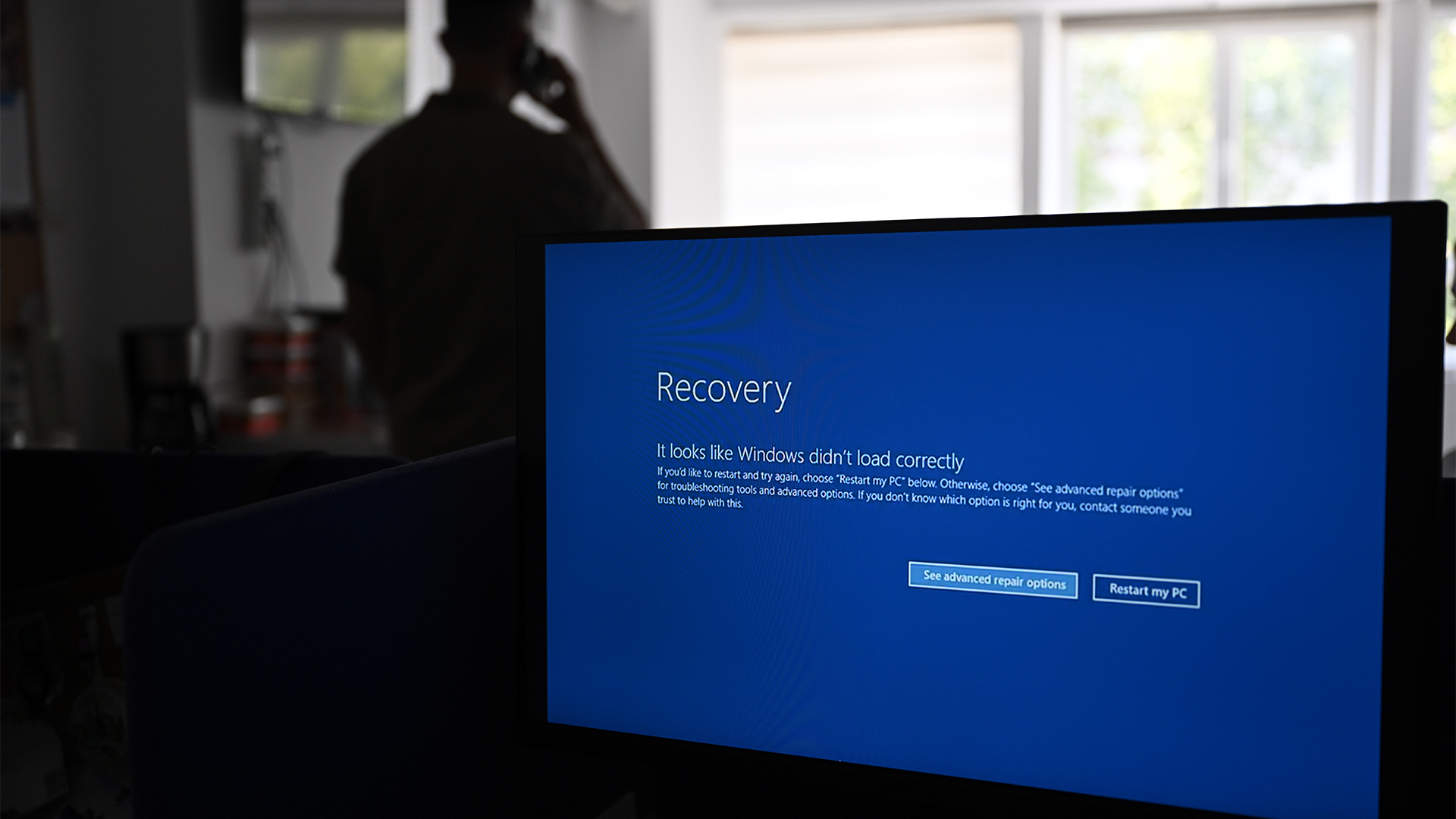
When you’re working on a large-scale software development project - especially as part of a sizable enterprise business - it’s easy for the project’s original goals to become muddied over time. As the goalposts shift further and further from their starting point, timelines can slip and the efficiency of the project can be undermined.
This kind of scope creep can be seriously damaging for organisations, but thankfully the software engineering community has been hard at work for years on strategies to help limit its spread within organisations. Returning to the podcast this week to discuss some of these strategies - as well as how scope creep can sometimes be beneficial - is Jess Cregg, developer advocate at LaunchDarkly.
Highlights
“It's really easy for it to happen, because as soon as it's just one more thing, things can spiral out of control. And the ‘just one more thing’ rule doesn't usually end up eating into the main time that you frame for your project, for the thing that you're developing; it falls into the time you've allocated to either cut down on technical debt, or the time you've allocated to perfect your overall process - that 20% time that we talk about in DevOps.”
“Scope creep can be really powerful from an incidents perspective. I mean, if we're looking at game days and chaos engineering, the idea of creating incident days where things go wrong in a way that's outside of your scope to correct, is a fascinating way of finding out just how things fit together. So I think that's a really good way that scope creep can be used to strengthen your organisation.”
“One of the really encouraging things we're seeing at the moment - and I've seen this loads on Twitter - is a lot of senior engineers are developing this sort of sense, this sort of reflex, to understand, ‘Wait a second, do we actually need to build this? I remember seeing someone recently talk about how being a senior engineer is essentially having endless conversations about why you shouldn't make something.”
Read the full transcript here.
Footnotes
- What is a microservices architecture?
- How microservices help Perlego deliver textbook availability
- What is DevOps?
- The driving forces behind DevOps today and how to integrate it into your business
- How to become a DevOps engineer
- IT Pro Panel: Defining DevOps
- Seven skills you need to become a front-end developer
- How to become a developer: A beginner’s guide
- 7 UX skills every designer should have
- Synk to move into cloud security with Fugue acquisition
- The IT Pro Podcast: Picking a programming language
- The IT Pro Podcast: Building the supermarket of the future
Subscribe
- Subscribe to The IT Pro Podcast on Apple Podcasts
- Subscribe to The IT Pro Podcast on Google Podcasts
- Subscribe to The IT Pro Podcast on Spotify
- Subscribe to the IT Pro newsletter
- Subscribe to IT Pro 20/20
Sign up today and you will receive a free copy of our Future Focus 2025 report - the leading guidance on AI, cybersecurity and other IT challenges as per 700+ senior executives
ITPro is a global business technology website providing the latest news, analysis, and business insight for IT decision-makers. Whether it's cyber security, cloud computing, IT infrastructure, or business strategy, we aim to equip leaders with the data they need to make informed IT investments.
For regular updates delivered to your inbox and social feeds, be sure to sign up to our daily newsletter and follow on us LinkedIn and Twitter.
-
 I couldn’t escape the iPhone 17 Pro this year – and it’s about time we redefined business phones
I couldn’t escape the iPhone 17 Pro this year – and it’s about time we redefined business phonesOpinion ITPro is back on smartphone reviews, as they grow more and more intertwined with our work-life balance
-
 When everything connects, everything’s at risk
When everything connects, everything’s at riskIndustry Insights Growing IoT complexity demands dynamic, automated security for visibility, compliance, and resilience
-
 Breaking boundaries: Empowering channel partners to unite DevOps and MLOps for a stronger software supply chain
Breaking boundaries: Empowering channel partners to unite DevOps and MLOps for a stronger software supply chainIndustry Insights Unifying DevOps and MLOps speeds delivery, strengthens governance, and improves software supply chain efficiency
-
 AI is transforming Agile development practices as teams battle mounting delivery cycle pressure and ROI concerns
AI is transforming Agile development practices as teams battle mounting delivery cycle pressure and ROI concernsNews The influx of AI tools is helping reshape Agile development at a critical juncture for the methodology
-
 Dreamforce 2025: What's an agentic OS?
Dreamforce 2025: What's an agentic OS?ITPro Podcast Salesforce has turned to Slack to achieve its agentic AI ambitions, as it expands Agentforce faster than any other product
-
 Half of developers want to quit over "embarrassing" tech stack
Half of developers want to quit over "embarrassing" tech stacknews Upgrade CMS and offer AI or risk your devs walking away, finds survey
-
 Java developers are facing serious productivity issues: Staff turnover, lengthy redeploy times, and a lack of resources are hampering efficiency – but firms are banking on AI tools to plug the gaps
Java developers are facing serious productivity issues: Staff turnover, lengthy redeploy times, and a lack of resources are hampering efficiency – but firms are banking on AI tools to plug the gapsNews Java developers are encountering significant productivity barriers, according to new research, prompting businesses to take drastic measures to boost efficiency.
-
 Why the CrowdStrike outage was a wakeup call for developer teams
Why the CrowdStrike outage was a wakeup call for developer teamsNews The CrowdStrike outage in 2024 has prompted wholesale changes to software testing and development lifecycle practices, according to new research.
-
 Why are so many AI projects destined for failure? Inexperienced staff, poor planning, and a shoehorned approach to agile development are all stifling innovation
Why are so many AI projects destined for failure? Inexperienced staff, poor planning, and a shoehorned approach to agile development are all stifling innovationWhile agile development practices work well in many circumstances, devs are encountering serious problems applying the methodology in AI projects
-
 ‘It’s time to question agile’s cult following’: Doubts cast on method’s future, with 65% of projects more likely to fail
‘It’s time to question agile’s cult following’: Doubts cast on method’s future, with 65% of projects more likely to failNews Agile development methods just aren’t delivering, and it's time devs acknowledged its failings

